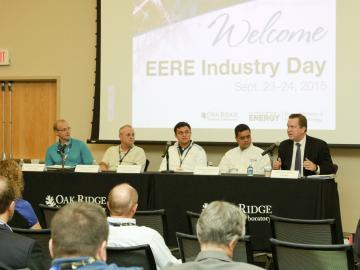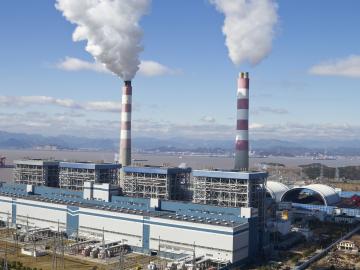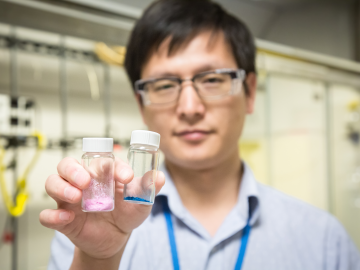
Updated software improves slicing for large-format 3D printing



Winners of the inaugural Buildings Crowdsourcing Community Campaign were announced today at the Department of Energy’s Industry Day event at Oak Ridge National Laboratory. ORNL launched the crowdsourcing platform in March 2015 to give innovators an opportunity to present idea...

fuel carbon emissions, a distinction it still maintains. But exactly how much carbon China releases has been a topic of debate, with recent estimates varying by as much as 15 percent. “There’s great scruti...







